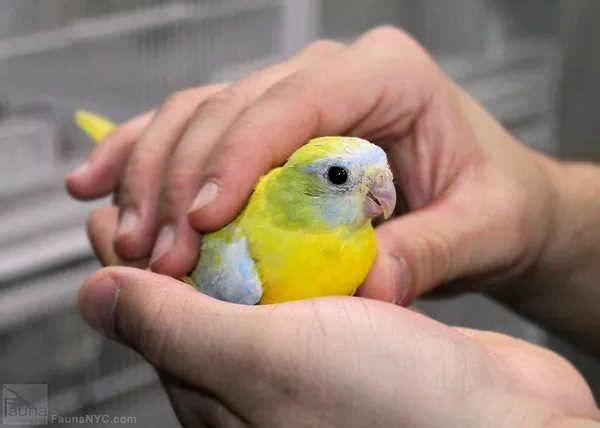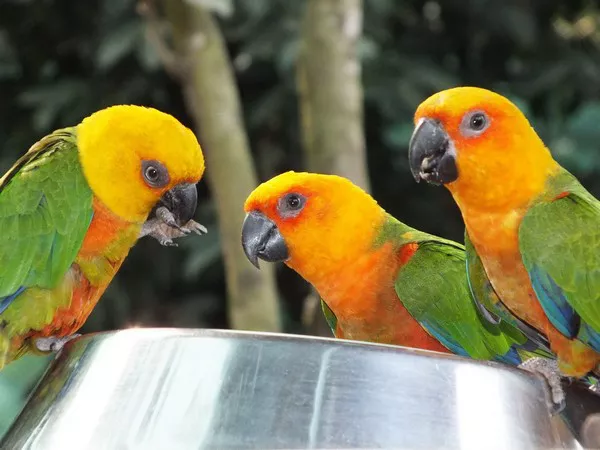Cockatiels, with their charming personalities and vibrant plumage, have long been popular companions in the world of aviculture. While they share many physical traits, distinguishing between male and female cockatiels is an important aspect of understanding their behavior, social dynamics, and potential breeding capabilities. In this guide, we will explore various methods to accurately identify the gender of these beloved birds.
Physical Differences
Distinguishing male and female cockatiels based solely on physical appearance can be challenging, as the differences are often subtle and may vary depending on the specific bird. However, there are certain characteristics that can provide clues:
Crest Feathers:
One of the most recognizable differences between male and female cockatiels is the crest feathers on their heads. Male cockatiels typically have brighter and more prominent crests, which they often raise and lower as part of their displays and interactions. Female cockatiels may have slightly less vibrant crests, and they may keep them lowered more frequently.
Facial Coloring:
In some cockatiel mutations, males tend to have brighter or more intensely colored faces compared to females. For example, in the lutino mutation, males often have brighter yellow faces, while females may display a more muted shade. However, this distinction may not hold true for all mutations.
Wing Spots:
Cockatiels have distinctive wing spots on the underside of their wings. In most cases, males have brighter and more defined wing spots compared to females. These spots are often white or pale yellow and can be observed when the bird spreads its wings.
Behavior and Vocalization:
While not a foolproof method, observing behavior and vocalization patterns can offer insights into the gender of a cockatiel:
Singing and Whistling: Male cockatiels are known for their melodious singing and whistling abilities. They often use their vocal talents to attract a mate or communicate with other birds. Females are generally quieter and may have a softer, more subdued call.
Courtship Displays: Male cockatiels engage in elaborate courtship displays, including bowing, strutting, and dancing to attract female attention. If you observe such displays, it’s likely you’re observing a male bird.
DNA Sexing
For accurate gender identification, especially in cases where physical differences are subtle, DNA sexing is a reliable method. This involves taking a small blood sample or feather follicle from the bird and sending it to a laboratory for analysis. DNA testing can determine the sex of the bird with near certainty, regardless of its physical traits or mutations.
Consulting an Avian Veterinarian
If you’re uncertain about identifying the gender of your cockatiel, consulting an avian veterinarian or an experienced aviculturist is recommended. Professionals have the knowledge and expertise to accurately assess the gender of the bird based on a combination of physical characteristics, behavior, and possibly DNA testing.
Conclusion
Identifying the gender of a cockatiel is an important aspect of understanding and caring for these charming companions. While physical differences can provide clues, they are not always definitive. Behavior, vocalization patterns, and DNA sexing are additional tools that can assist in accurate gender identification. By employing a combination of these methods and seeking guidance from professionals, you can confidently determine the gender of your cockatiel and provide them with the appropriate care and attention they deserve.
Recommended reading:
























